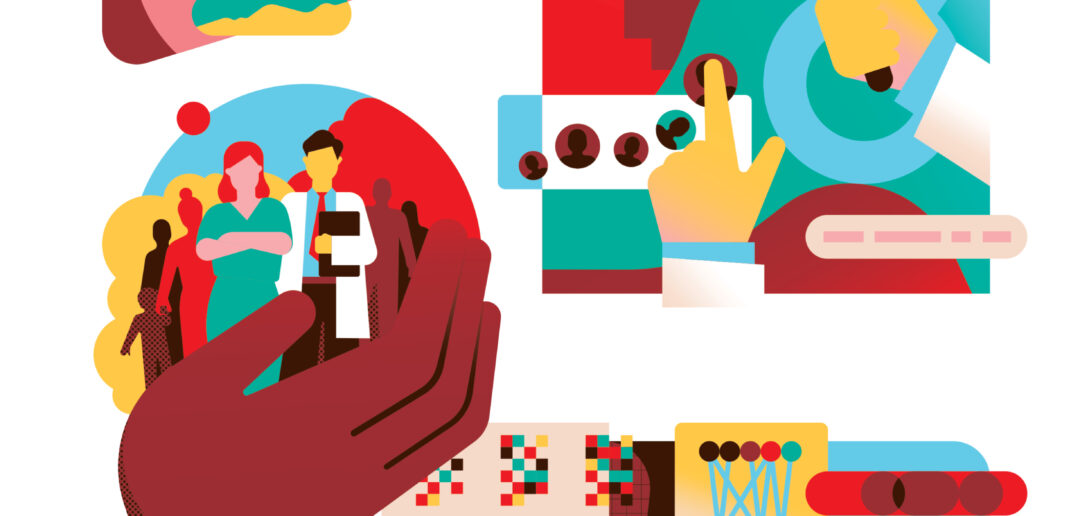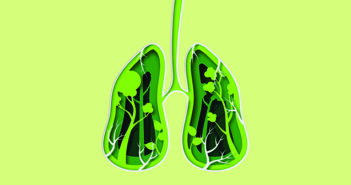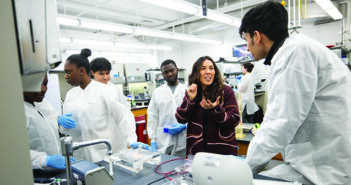Medical students are tackling research projects across medicine, pushing science ahead in new and exciting ways.
Between lectures, clerkships, and trying for some semblance of a social life, more and more Warren Alpert medical students are also squeezing in research experiences. They’re breaking scientific ground on everything from using artificial intelligence to study pancreatic cancer to seeing how gender-affirming surgery can be more culturally sensitive to minoritized communities. For some, it’s about investigating a problem that piqued their interest, while others are planning careers as physician-scientists. Either way, students have numerous sources of support for their endeavors.
“It’s exciting. Just the diversity of research our students are doing is fascinating,” says Stephanie Chow Garbern F’19, MD, MPH, director of medical student research. She stepped into this newly created role last year, saying it’s necessary because, for as much as student research had already been happening at the Medical School, students can have a difficult time figuring out where and how they slot in, and accessing meaningful research opportunities.
“Students were eventually finding a mentor and finding projects, but that often meant a long process of cold contacting faculty members,” she says. Sometimes that faculty member would respond and take on a student, sometimes not. Or a student wouldn’t know that a curiosity in one area, while not obviously related to medical school, was a part of a crossdisciplinary field of research happening on campus at that moment.
Now, Brown’s guidance of medical students doing research is through a much more tailored, accessible, and direct approach, and one that also helps and encourages students if they want to do collaborative research including groups based at other institutions.
Garbern says that conducting scientific studies should be considered an integral part of the medical school experience because it gives real-world exposure to biomedical research for students, especially for those students who came to medical school via a non-traditional track, and might not have had experience with this kind of work before. And even if students don’t continue to do research when they are in clinical practice, that experience of knowing how research works will make them better doctors.
“It prepares students to practice evidence-based medicine, which will impact their patients and their communities,” Garbern says. “They will need to understand how to critically analyze research and understand the process of doing research so they can communicate research findings accurately and knowledgeably to their patients, their families, their communities, and the public at large.”
Doing research now is also a way for students to network in what they think may be their chosen fields, and make their residency applications more competitive. The experience can help them test out and fine tune their approach to what they want to do with their medical degrees, and also make them better doctors because they understand how different aspects of medicine are interconnected.
“It’s really an entryway into understanding what are the main driving issues that are facing specialties they might be interested in, or topics that are cross-cutting across multiple specialties,” Garbern says.
Warren Alpert medical students present their research each year at an academic symposium held in November. Last year’s was the largest in the event’s 18-year history, with 141 student posters in basic science, clinical research, medical policy, medical education, and medical humanities. Here are four standouts.
Using Brain Power for A Better Birthing and Postpartum Experience
Jasmine Powell ’22 MD’27 says she came to Brown through the Program in Liberal Medical Education so she could build a strong academic base for her career, one beyond the typical pre-med requirements.
“I was very interested in medicine and science, but also really interested in humanities and things that are less obviously related to medicine,” Powell says. That’s played out in her research, which approaches a real and deadly medical problem through the power of positive thinking.
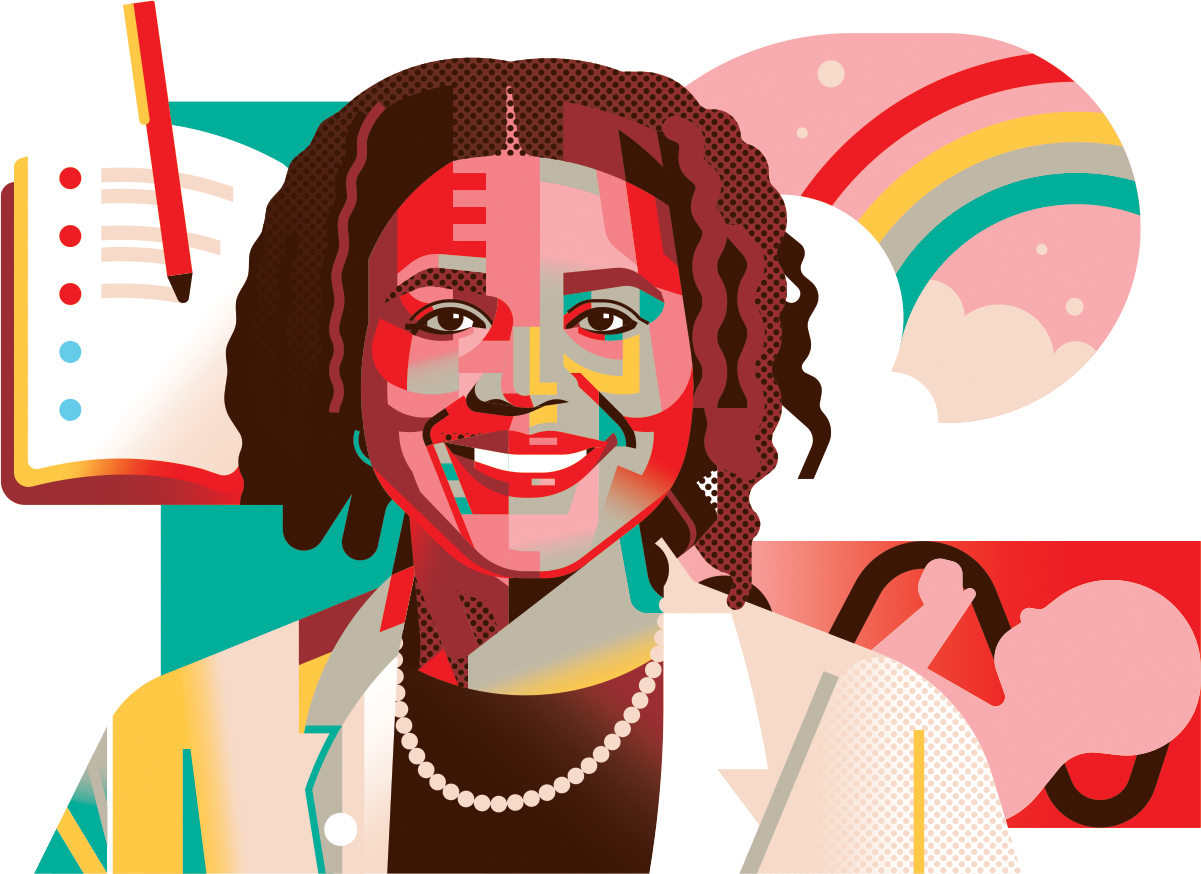
Jasmine Powell ’22 MD’27
Powell has been interested in the concept of high dispositional optimization, a concept where patients rate on a scale about how deeply they believe that they will have a good outcome. Previous studies have shown that HDO has the potential to improve health outcomes across a range of conditions, including cardiovascular disease, psychiatric well-being, and overall decreasing mortality.
People with HDO are inclined to believe that things will work out, including when it comes to their health—even if they face significant challenges. “Despite their current circumstances, despite how things are going, they just naturally believe in the ability for things to turn around or for things to turn out good,” Powell says.
It’s a concept being studied by Nina Ayala ’10 MD’14 F’21 ScM’23, assistant professor of obstetrics and gynecology and of psychiatry and human behavior, who was also the keynote speaker at the 18th Annual Academic Symposium. Powell read Ayala’s work and approached her about doing research on this topic.
As part of the Mindfulness, Optimism and Resilience for Perinatal Health and Equity Trial, Ayala was already studying patients with low dispositional optimization to understand how it could affect pregnancy outcomes and birthing experiences, which is valuable since traumatic births can lead to postpartum post-traumatic stress disorder, depression, and anxiety. That’s especially true in underserved and minority populations, further widening the known gap in maternal health outcomes. Those all can contribute to significant social, medical, and economic burden, especially in underserved communities, which experience higher rates of both traumatic birth and postpartum psychopathology.
Powell saw this as a potential way to address maternal mortality, which is disproportionately higher in marginalized communities.
“[Ayala] proposed adding an arm onto the study” that is focused on patients with HDO, Powell says. “My interest was in the patients’ feeling of autonomy during the birthing experience, and I made the question guide with the specific focus of that.”
For the study, the team recruited 50 participants who were less than 20 weeks into their pregnancies, and administered surveys at four different times: at enrollment, 28 to 32 weeks gestation, delivery, and six to 12 weeks postpartum. Surveys focused on the trajectory of optimism, mindfulness, resilience, experience of discrimination, perceived control over the birthing experience, physician trust, and postpartum mental health.
The research team also did longer, 45-minute qualitative interviews with 10 to 15 patients about their experience with their pregnancy, the health care system, birth, and resilience. Powell specifically focused on the postpartum stage of the survey.
Those interviews were conducted in November 2024, so analysis is still ongoing, she says, but she sees it as a proactive step in addressing maternal mortality rates.
“Looking at it through this lens is very additive and positive, instead of just publishing another study showing the disparities exist,” Powell says.
Learning More about A Marginalized Community Through Reddit
Zishuai Chou MD’27 knows what it’s like to be in the minority. Not only is he a Chinese immigrant, but he spent much of his young life being cautious about sharing his full identity. During his high school years in Georgia, he was uncertain whether he could openly express his sexual orientation. He was also afraid to go to the doctor and say who he truly was for the same reasons.
But one medical encounter changed his life. Instead of shunning Chou for his sexuality, his doctor saw it was just another piece of the overall picture of him as a patient. It was something Chou wanted to give to other people, which is why he turned to medicine.
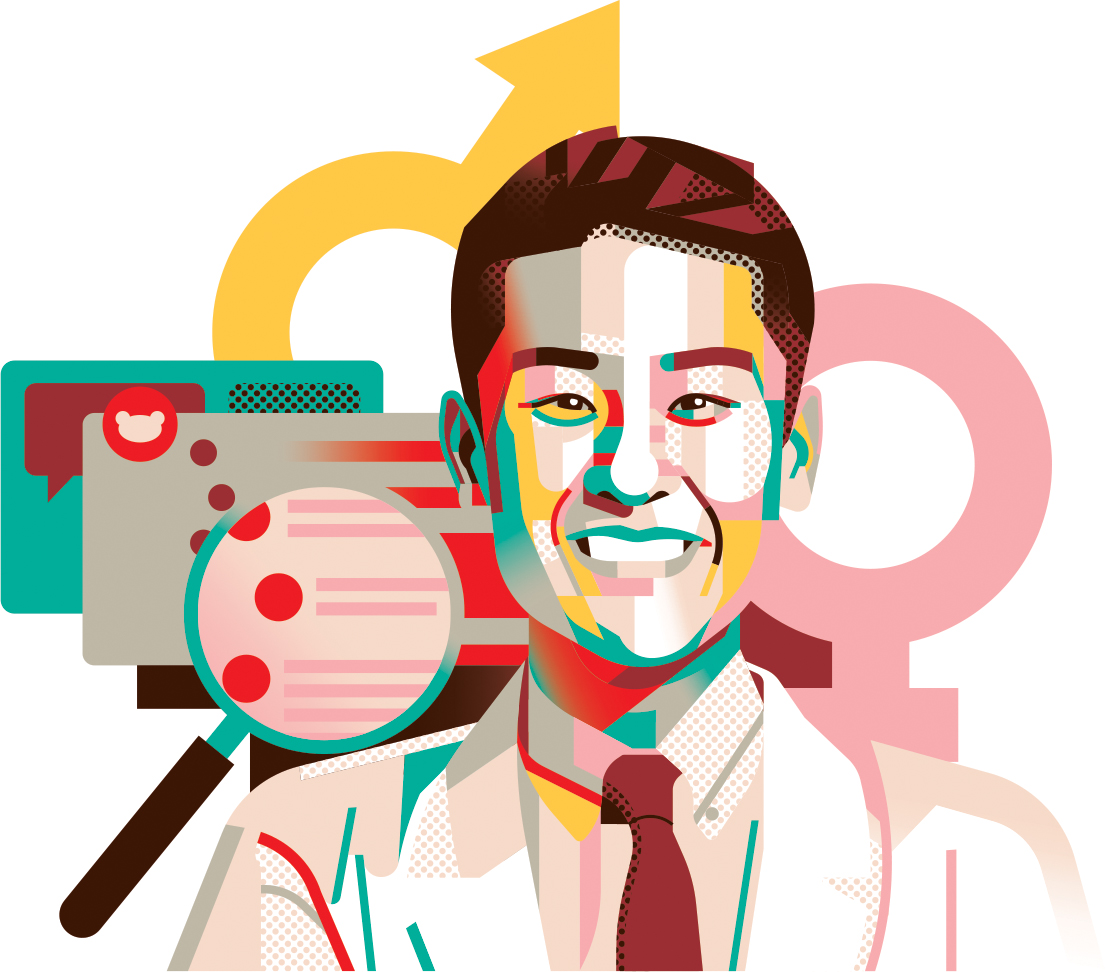
Zishuai Chou MD’27
His student research has the same angle, looking at representation, where it’s missing, and why people from different backgrounds may not seek out the medical care they need.
“There is such a lack of representation of those voices in the academic field,” Chou says. “By bringing those voices into academic publications, it is adding a lot of weight and also advocating for those patients.”
On a recent research project, which tied for best medical humanities poster at the symposium, that opportunity came through his interest in another medical field—regenerative medicine, which includes techniques like using stem cells and tissue engineering to repair or replace human tissues and organs.
That led him to delve more into plastic surgery, which is linked to regenerative medicine, where he ended up shadowing Daniel Kwan, MD, associate professor of surgery at Brown. Kwan performs gender-affirming surgery, and the experience made Chou realize that he hadn’t seen an Asian American person undergoing the procedure.
He then connected with researchers at the NYU Grossman School of Medicine to find out what research was needed to get a better handle on Asian Americans and their experiences with gender-affirmation surgery. “My story of navigating the world as a gay person is not related to being trans, but I have experience as a Chinese man in America,” he says.
For his study, Chou led a team that looked at Reddit, a social media platform with smaller communities, or subreddits, dedicated to specific interests. There, people can share their experiences and ask questions anonymously, and perhaps be more open about how they feel with strangers than with family and friends who may judge them.
They identified 612 posts that included Asian Americans in transgender-themed subreddits. They then identified 102 posts by 84 users in 11 subreddits that were from people based in the US, self-reported Asian race or ethnicity, about gender-affirming surgery, were written from the first-person perspective, and in English.
Overall, they found four themes that highlight the unique challenges Asian Americans face in seeking gender-affirming surgery in the US: that collective culture affects familial dynamics, leading to transition barriers and mental health challenges; ethnic-specific surgery complications; Western beauty standards affect surgical selections, clinical consulting experiences, and social transitions; and lack of media representation and clinical resources further complicates all aspects of gender-affirming surgery.
The study also highlighted what can be done to address the concerns of this population, such as conducting more research, including cultural sensitivity in care, and advocating for family education and inclusive representation.
Chou isn’t sure yet in which area of medicine he’ll specialize, but he is interested in plastic surgery and ophthalmology. He says that doing research in both while still in medical school is allowing him to “see where it takes me.” By engaging in research that amplifies underrepresented voices, he hopes to contribute to a more inclusive health care landscape, wherever his path leads.
Connecting Medical Students to their Future Health Care Partners
Timmy Jeng ’18 MD’27 took a less-thantraditional path to medical school. After earning his undergraduate degree in public health, he taught public health and physiology as a Fulbright scholar at a Spanish university. He loved teaching, but felt something was missing—so he went to NASA, where he researched aerospace physiology.
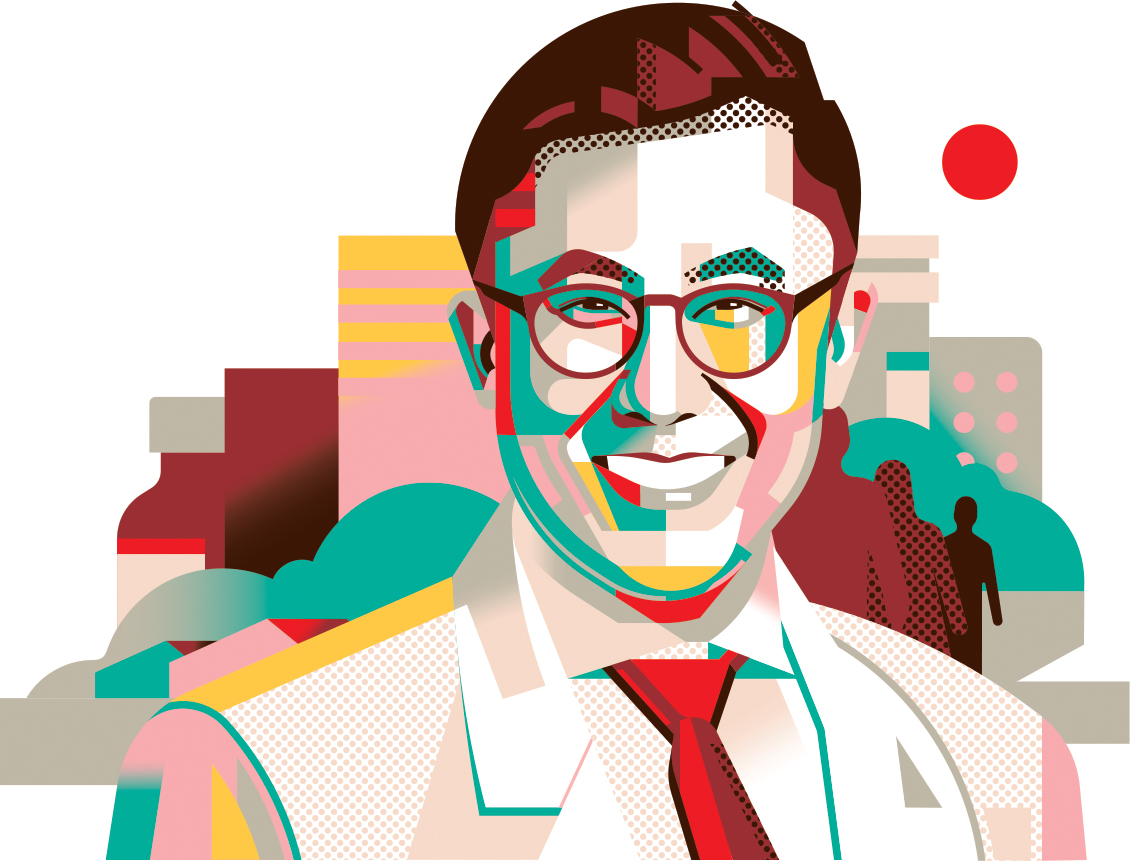
Timmy Jeng ’18 MD’27
But that wasn’t quite the right fit either. Unemployed at the start of the pandemic, he volunteered at a COVID-19 testing site. He liked the experience enough that he took a job in the Sonoma County, CA, public health department, leading their COVID vaccination effort.
“A big part of my position was health equity, to make sure that those who didn’t have health insurance could access vaccines,” he says. His work got the county vaccination rate from 65 percent to 80 percent, the ninth-highest in the state.
Jeng realized how critical frontline community health workers were in bridging the gap between medicine and the community, yet they often didn’t get the respect they deserved.
“During the pandemic, we had all health care team members—physicians and nurses included—question the validity and value of CHWs,” he says, even though they were crucial in reaching more vulnerable populations, including people experiencing homelessness or an undocumented status.
That realization inspired Jeng’s recent research, which won best medical education poster at the symposium. (He will also present it at the AMA’s ChangeMedEd conference in September.) With Megan Smith, an assistant professor of psychology at Rhode Island College, he reviewed 18 research articles about CHWs as patient liaisons, their role as value-based care integrators, and ethics in CHW workforce development. They also did a systematic review of more than 800 first-year lectures to identify where education about CHWs would best fit in the Medical School’s curriculum.
After Jeng gave about a dozen lectures on this topic to first- and second-year classes, preliminary survey data showed that most students connected the interpersonal relationships that CHWs foster into society identity theory (80 percent) and could explain the role of CHWs’ lived experience in supporting patient care decisions (99 percent). That’s a big jump from what students understood about CHWs prior to these lectures, when few could clarify the difference between CHWs and social workers, he says.
“The lack of role clarity needs to be addressed because each side has their own different strengths and weaknesses in supporting patients and their communities,” Jeng says.
The study also pointed out that CHWs are going to be critical in the future, especially in Rhode Island, where the workforce has faced labor challenges, partly due to cyclical federal and state grants.
Valuing their importance to the health care system can make a difference, which means including them in academic studies.
“Research can sometimes be top down, with research making conclusions about communities without directly engaging with communities themselves in the process,” Jeng says. “From the get-go, I wanted this to be about community-engaged research, and that meant having [Rhode Island] CHWs guide the pedagogy and methodology of my medical education project.”
Though Jeng doesn’t know what medical specialty he’ll pursue, this study helped him realize he wants to keep teaching.
“I’ve always loved being part of that moment when a concept shifts from confusion to clarity for my students,” he says. “At first, their eyes are glazed over, struggling to grasp the idea, but with the right explanation—one that meets them where they are—that light bulb turns on and, suddenly, they see it. That transformation of understanding, that spark, drives me.”
Looking at Pancreatic Cancer Through a Computational Lens
Merih Deniz Toruner ’23 MD’27 came to Brown with research experience already under her belt. She grew up in Turkey, but spent her summers at the Mayo Clinic in Minnesota, working with a research group on gastrointestinal cancers.
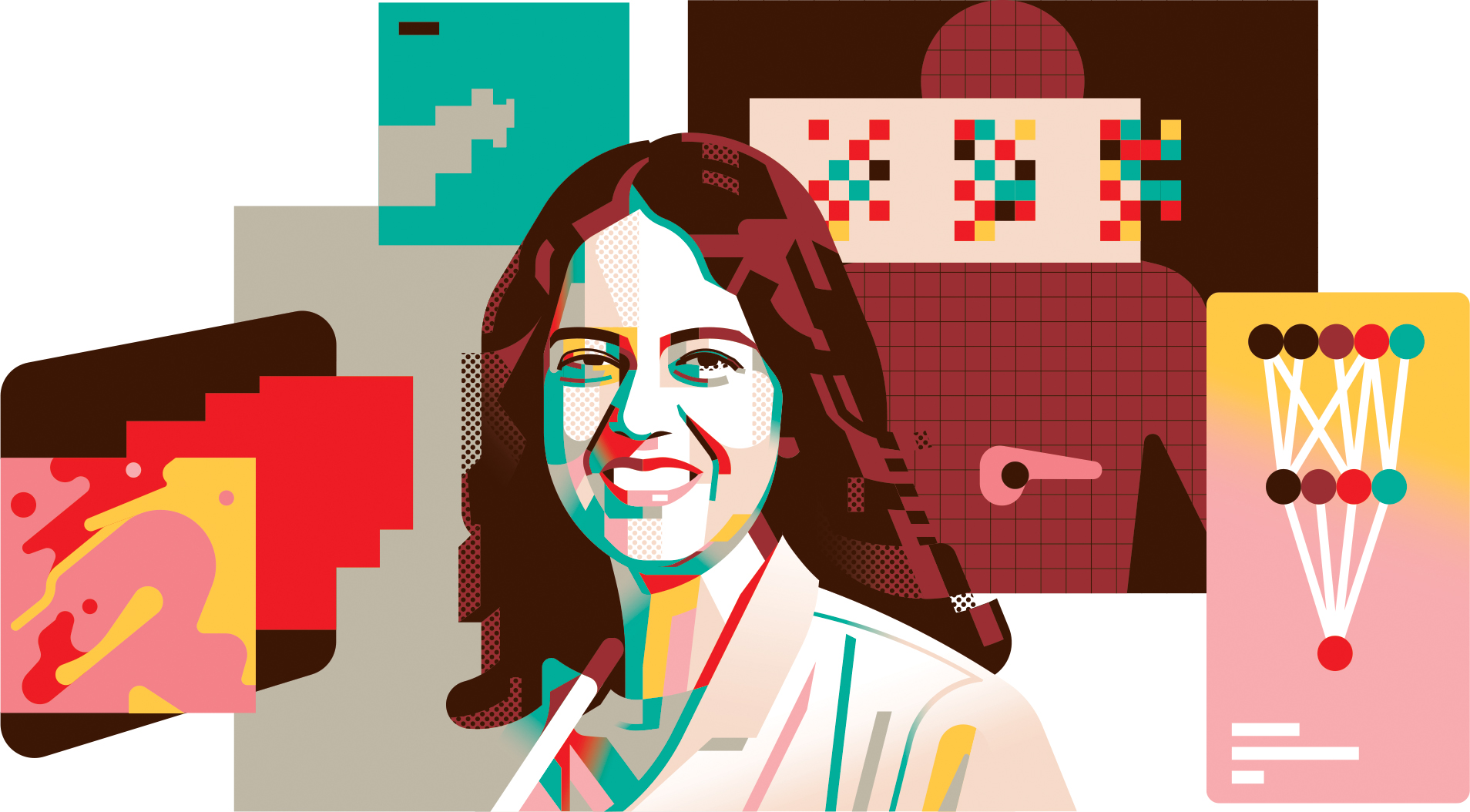
Merih Deniz Toruner ’23 MD’27
She says she chose the PLME because it gave her the flexibility to start her academic career exploring computer science before shifting her focus to more traditional medical school coursework.
“Computer science is really hard if you’re a regular pre-med student,” she says. “I was able to double up those skills and spend a lot of time doing research, which has all helped me to continue these research projects while I was in medical school.”
One of her continuing projects, with the Mayo Clinic, is taking a different look at pancreatic cancer, an aggressive disease with few effective treatment options. Toruner and her collaborators are exploring how advanced technologies like machine learning and deep learning can be used to advance medical research. The results of that work have been both published in medical journals and presented in a poster at the Medical School symposium last year.
Finding better treatments for pancreatic cancer is especially critical because most options right now don’t work—or work for only a short period of time.
“There are only a few main treatment regimens for patients to receive, and most patients unfortunately have a recurrence and relapse,” Toruner says. While first-line therapy has improved outcomes for pancreatic ductal adenocarcinoma (PDAC), the most common subtype of pancreatic cancer, the five-year overall survival rate has barely budged.
In a paper published in Pancreatology, the research team called for looking at PDAC pathobiology from an evolutionary biology perspective, in order to understand how someone’s specific cancer evolves in its own Darwinian survival of the fittest to evade treatment. That’s because giving chemotherapy can also create more tumor-resistant sub-clones of the cancer. While the original tumor strain may die, the heartier ones stay and keep replicating.
“What you’re left with is less cancer, but cancer that can potentially be more resistant,” Toruner says.
In her poster, which tied for first place in clinical research at the symposium, she showed how AI can be used to develop an individualized prognostic pipeline for PDAC. Doing this kind of analysis requires largescale computational resources “because each image that we’re analyzing is so dense and so big that you need math and you need computer science to do it,” Toruner says.
It’s important work, and crosses both of her fields of interest. She doesn’t know exactly where her career will take her, but Toruner wants to continue to do such interdisciplinary work.
“I love interacting with patients and want to have that in my career,” she says. “Ideally I want to do both, so we’ll see how that will go.”

